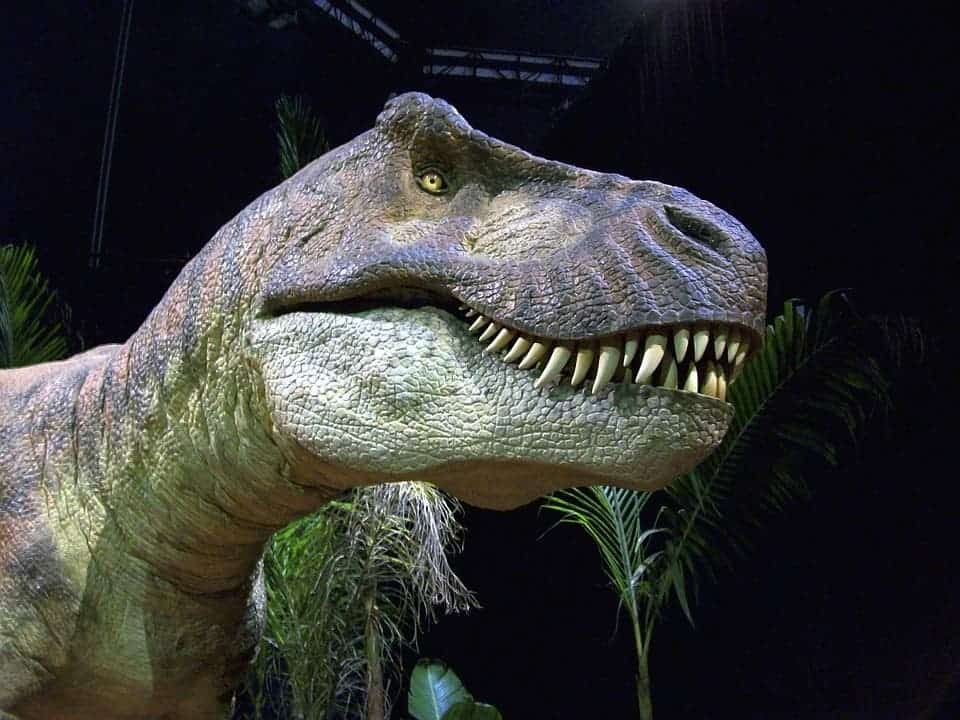What’s scarier than a hungry T-Rex coming at you? A pack of them, probably — and it’s more likely than you think.

Some 74 million years ago, tyrannosaurs ruled the jungles of the Cretaceous. They dominated the landscape and both hunted and scavaged, striking fear into the hearts of other dinosaurs. But T. Rex may have been more a team player, like wolves, than a solitary hunter.
The insights come from the analysis of a site in southern Utah, where seven tyrannosaurs drowned in the Cretaceous. The fossil discovery came in 2014, at the hand of Bureau of Land Management paleontologist Alan Titus.
“I consider this a once-in-a-lifetime discovery for myself,” Titus told reporters during a virtual news conference. “I probably won’t find another site this exciting and scientifically significant during my career.”
Recent geochemical analyses on these fossils showed that they drowned more or less at the same time (as opposed to drowning at different times and being washed together). This suggests that tyrannosaurs may have been more social and gregarious than previously thought, potentially even hunting together.
“Going that next step to understand behavior and how animals behave requires really amazing evidence,” Joseph Sertich, curator of dinosaurs at the Denver Museum of Nature & Science, said at the news conference. “I think that this site, the spectacular collection of tyrannosaurs but also the other assembled pieces of evidence … pushes us to the point where we can show some evidence for behavior.”
Social hunting is rare among large predators. It’s often the preferred method of smaller predators who need to gang up on larger prey, but for large predators like tyrannosaurs, it’s uncommon. Still, this is not the first evidence suggesting that T. Rex and its relatives may have been social hunters. Previous findings including a similar place in Alberta, Canada, and multiple footprints on a few trackways found around the world. However, there could be another explanation for this.
It could simply be that the tyrannosaurs shared the same habitat, and as resources got scarcer, they just came together as a group pushed by necessity, not through a social draw. Overall, evidence that tyrannosaurs would have lived or hunted in social groups is still scarce, and more evidence is needed to draw definitive conclusions. The problem is that the type of evidence that could confirm this would be another mass fossil site, and there’s no guarantee if or when another one could be discovered.
The study has been published in PeerJ.









